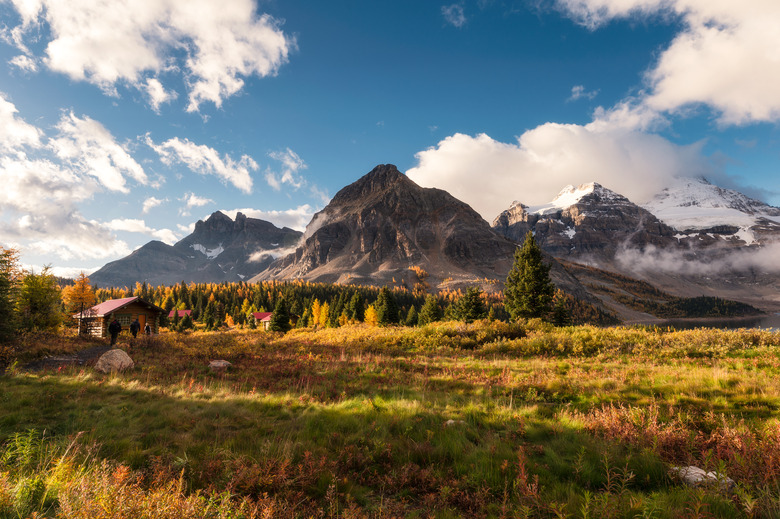What Are The Causes Of The 4 Seasons On Earth?
Four seasons — autumn, winter, spring and summer — occur throughout the year. Each hemisphere experiences an opposite season. For example, the winter season in the northern hemisphere is summer in the southern hemisphere. The seasons are caused by the tilt of the Earth's axis as it orbits the sun.
The Earth's Orbit
The Earth's Orbit
The Earth spins counterclockwise on its axis at an angle of 23.4 degrees. This spinning of the Earth causes day and night because only half the world faces the sun. Moreover, as the Earth spins on its axis, it orbits the sun, taking 365 days to complete a whole orbit. Because of the tilt of the Earth's axis, different areas receive different amounts of sunlight during the Earth's orbit, creating the four seasons.
The Seasons
The Seasons
The timing of the seasons is opposite for each hemisphere. This is because when the north pole is tilted toward the sun, the northern hemisphere faces the sun at a greater angle than the southern hemisphere. Therefore the northern hemisphere gets warmer. This represents the summer months for the northern hemisphere and winter for the southern hemisphere. As the Earth continues its orbit, the south pole eventually is tilted toward the sun, reversing the seasons in each hemisphere.
The Equinoxes
The Equinoxes
During the winter solstice, the sun is at its lowest path in the sky, resulting in the shortest day of the year. After this day, the sun follows a higher and higher path through the sky. The spring equinox occurs when sun rises exactly in the east and travels through the sky for 12 hours, setting exactly in the west. There is a spring and autumn equinox, where every place on Earth experiences an approximate 12-hour day. After the spring equinox, the sun continues to follow a higher and higher path through the sky until the summer solstice, the longest day of the year and the sun's highest point in the sky. After this, the sun follows a lower and lower path until it reaches the autumn equinox and then the winter solstice.
Summary of the Different Seasons
Summary of the Different Seasons
Summer is the season with the longest days and warmest temperatures, with winter being the opposite. Spring represents the time when the days start to get longer, with more hours of sunlight. Autumn is the period when the days get shorter, with less sunlight, building toward the winter months. Less distinction between the seasons exists at the equator than at the poles because the equator is tilted at almost the same angle from the sun all year long.
Cite This Article
MLA
Newton, John. "What Are The Causes Of The 4 Seasons On Earth?" sciencing.com, https://www.sciencing.com/causes-4-seasons-earth-8660635/. 22 November 2019.
APA
Newton, John. (2019, November 22). What Are The Causes Of The 4 Seasons On Earth?. sciencing.com. Retrieved from https://www.sciencing.com/causes-4-seasons-earth-8660635/
Chicago
Newton, John. What Are The Causes Of The 4 Seasons On Earth? last modified March 24, 2022. https://www.sciencing.com/causes-4-seasons-earth-8660635/
